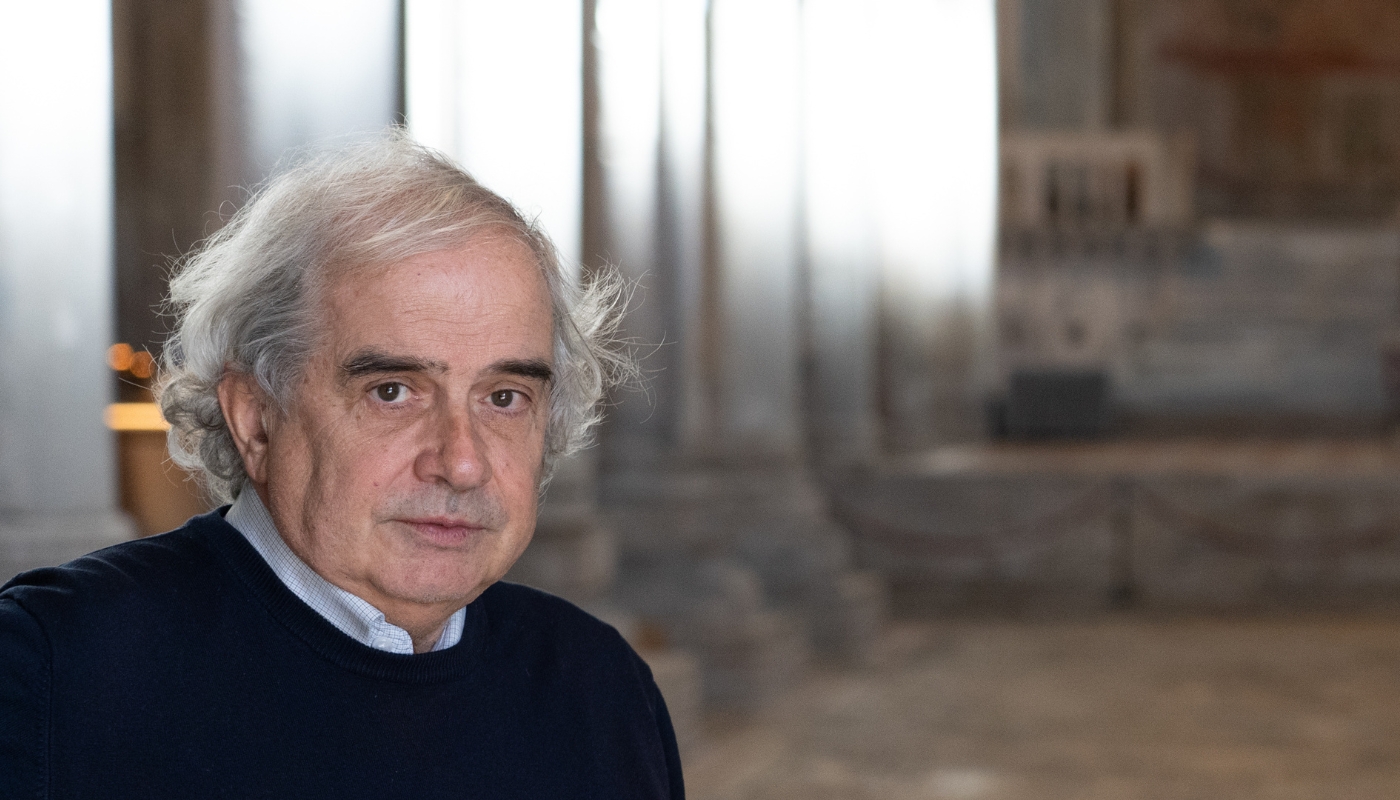by ANDREA BELLAVITE
After the ongoing experience of the European Capital of Culture, there are those who propose to definitively overcome the fences of the past, thinking of a single city, in a territory belonging to two different states.
Is it really necessary to unify the two realities, taking into account the great differences that characterize them? One was born less than eighty years ago, the other has been mentioned for over a thousand years and is certainly much older than the famous Ottonian document of 1001. One is built on the basis of a series of modern master plans, which followed one another during the second half of the twentieth century. The other still retains a medieval and Renaissance historic center, even if the building expansion of the twentieth century has profoundly transformed it. One was born thanks to the support of brigades from every state of the Yugoslav Federation, the other presents a fascinating mixture of histories, languages and different cultures.
The solution could lie in the concept of “conjunction”. When two people come together, they undoubtedly form a new subject, but this does not prevent each from continuing to be what it was before. Indeed, precisely from the conjunction, the two protagonists feel valued and enriched, since the characteristics of one are integrated with those of the other.
Nova Gorica and Gorizia, if they are no longer perceived as divided cities, not even as united, but as joint, can become an important cultural reference point for the whole of Europe. They should be at the center of a large area that could roughly be identified with the Soča basin and its numerous tributaries.
They could be constructively connected with the maritime and mountain tourist areas of the Upper Adriatic and the Julian Alps, be the point of union between the industrial areas of Monfalcone, Ajdovščina and Rožna dolina, enhance the extraordinary linguistic and cultural variety.
While bureaucratic proposals referring to the attempt to expand the borders of the already existing province of Gorizia are being explored, why not look ahead and propose a new international administrative body capable of interacting directly not only with the respective states but also with the European Union? On the contrary, on closer inspection, the body already exists and it is the EGTC/EZTS that has already demonstrated its ideal value and considerable organizational skills on the occasion of the complex realization of the Evropska prestolnica kulture. If it were extended to all the administrative entities of a territory that goes from the Predil pass to Duino, from the Razdrto watershed to Aquileia, also including the Natisone valleys, the Isonzo EGTC / EZTS would involve well over one hundred thousand people and could propose itself as an original and innovative subject at the continental level.
There are many issues to be addressed, linked precisely to the particular vocation of a multilingual and multicultural territory. The events of the two world wars, dictatorships and fascism have given way to a long journey of reconstruction of relationships and opportunities. The 2025 stage can be the foundation of a bright future, with cultural roots sunk in the three-thousand-year history of Aquileia, a careful look at the present and the ability to look to a sustainable and exciting future.
Work, the environment, training, scientific research, mobility, mutual integration between the different components of the territory, culture and much more could be the great themes around which to build a new and interesting concept of living, in peace and hospitality, in the heart of Europe.

